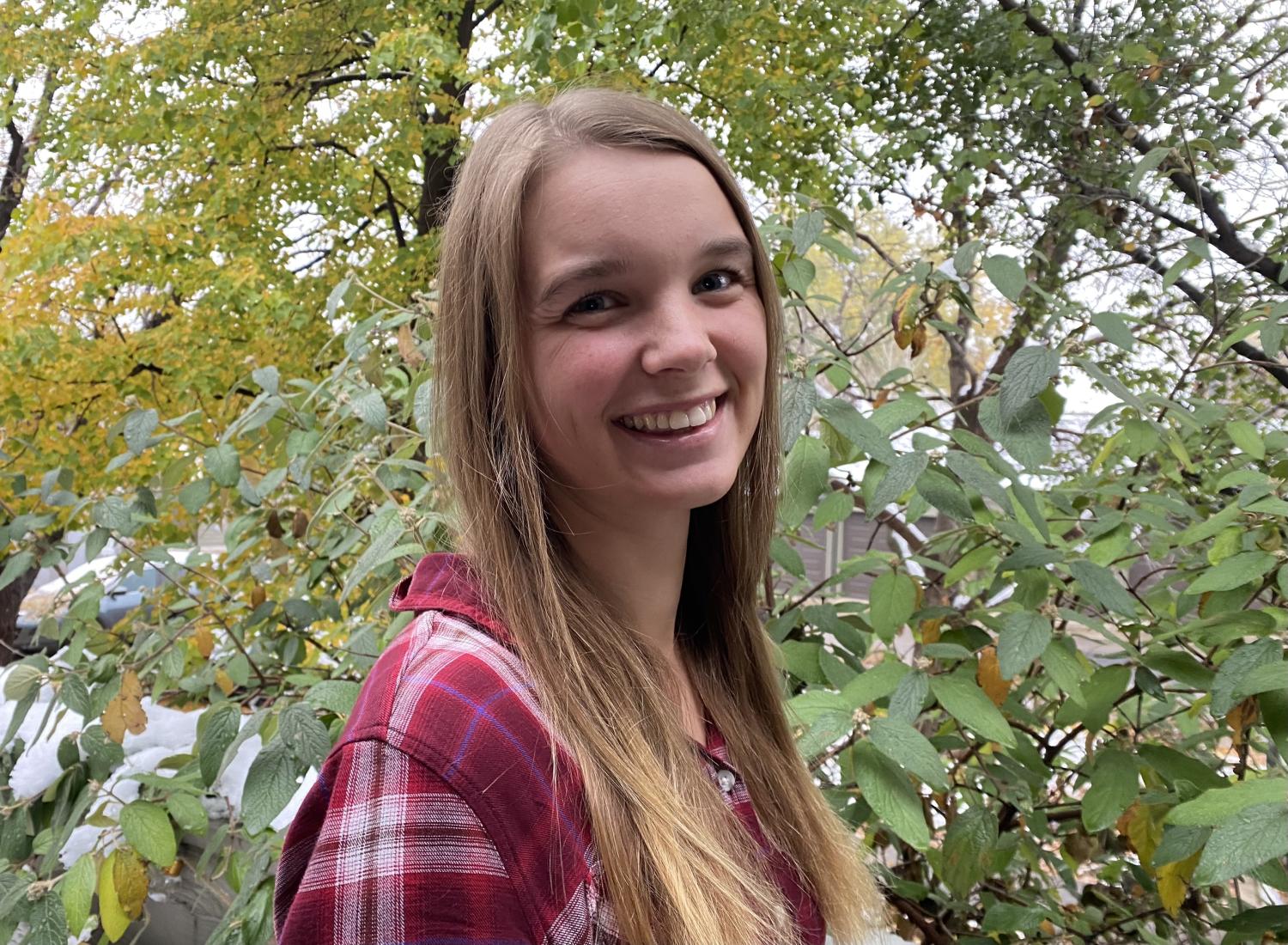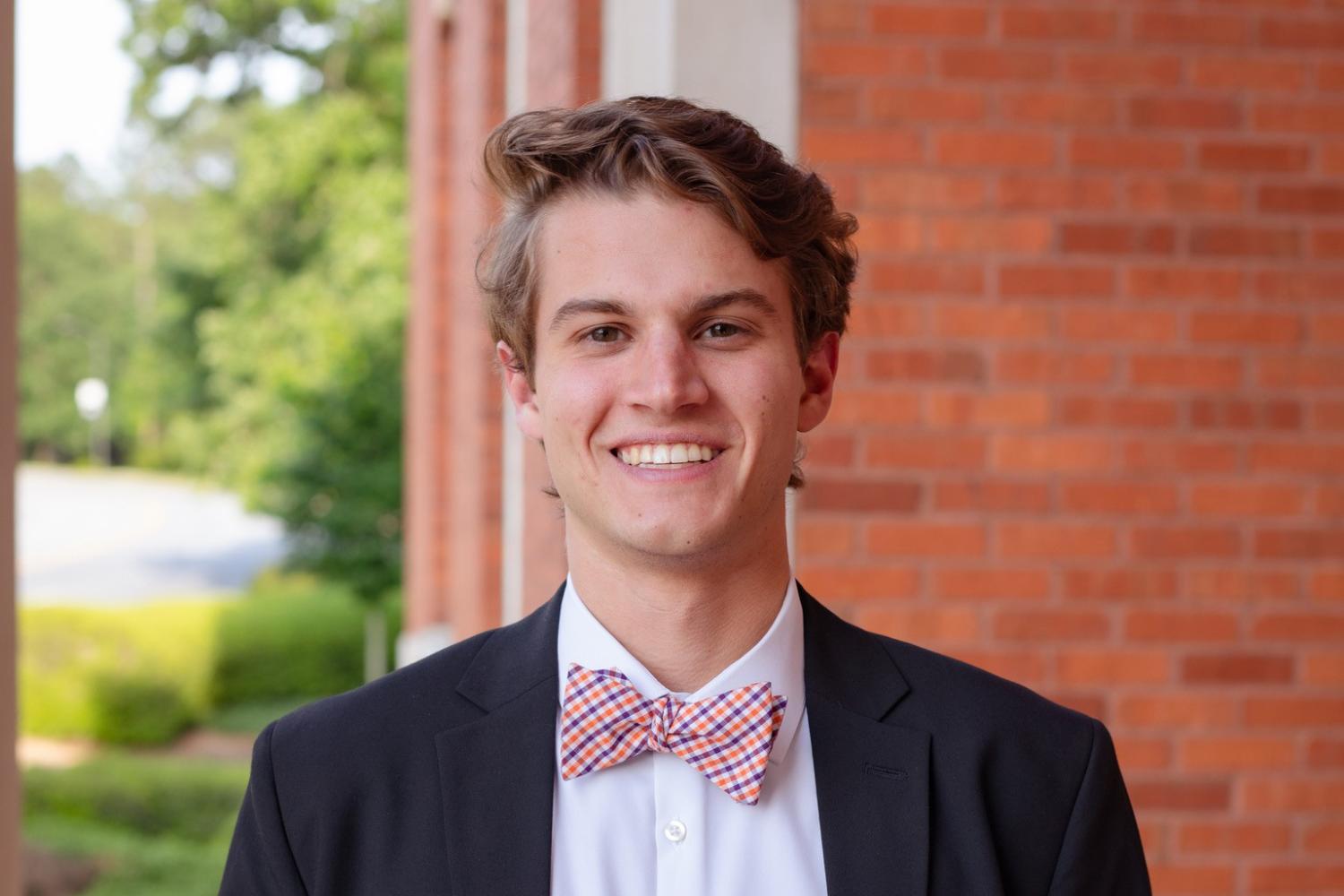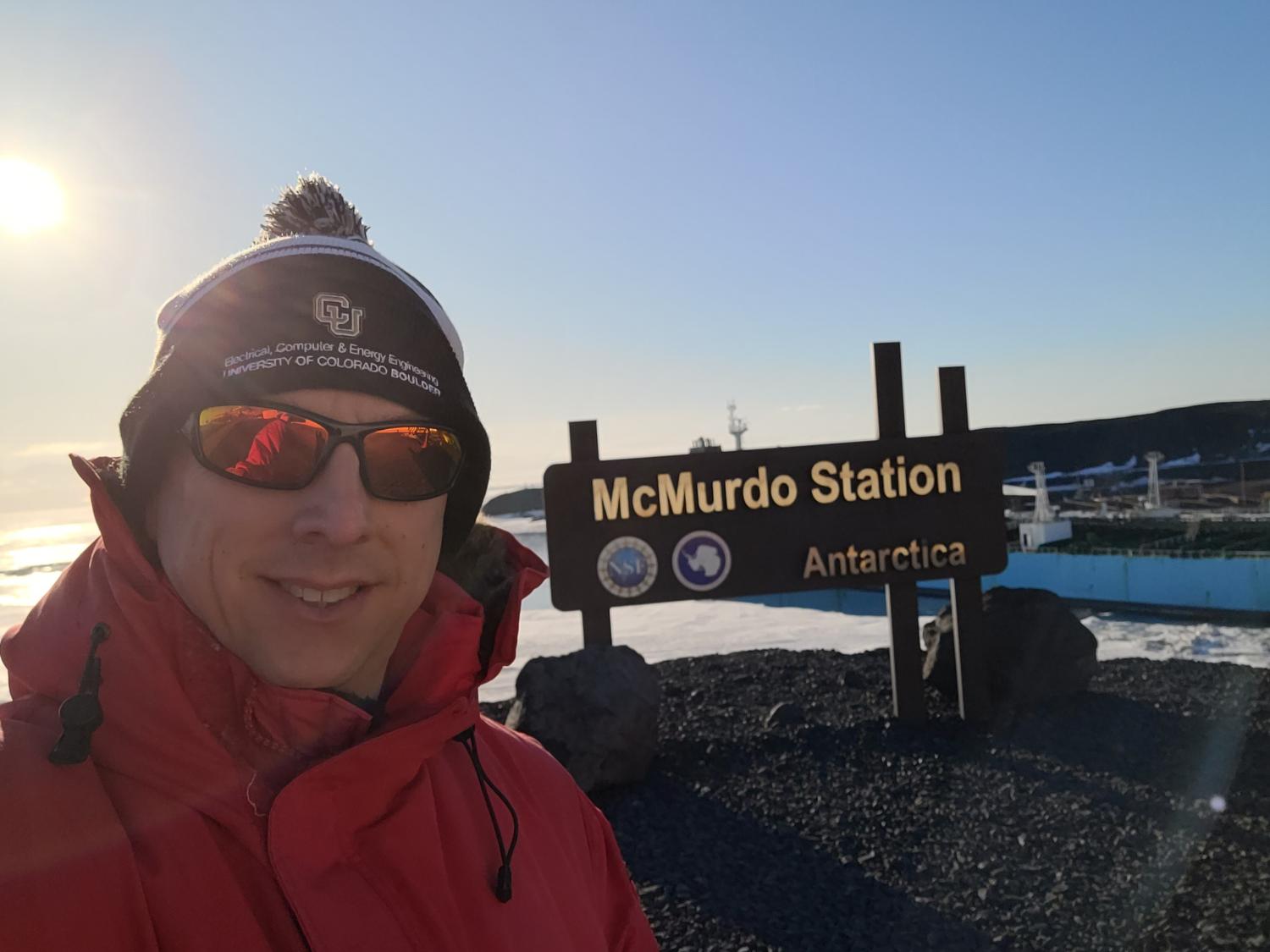Four aerospace PhD students earn NASA Fellowships

Four University of Colorado Boulder aerospace graduate students have been named 2024 Future Investigators in NASA Earth and Space Science and Technology (FINESST).
Domenique Freund, Austin Smith, Gary Sutliff, and Hai-shuo Wang have each earned the grants, which provide up to $50,000 annually for three years to cover tuition, expenses, and student-designed research projects.
FINESST proposals must address goals relevant to NASA's science mission directorate divisions -- heliophysics, earth science, planetary science, or astrophysics.
Find out more about each of our awardees and their research below:

Domenique Freund
2nd Year PhD Student
Advisors:Lauren Blum and Zoltan Sternovsky
Lab:Laboratory for Atmospheric and Space Physics
My research focuses on the dynamics of energetic particle populations within the magnetospheres of Earth and Jupiter. Specifically, it aims to investigate particle losses through atmospheric precipitation, analyzing spatial and temporal variations on both planets. On Earth, I primarily examine relativistic electrons and their role in rapid depletion events. In contrast, my work on Jupiter covers electrons, protons, and heavier ions, addressing a broad understanding of particle dynamics. Understanding these variations requires analyzing magnetic field strengths and the influence of factors such as solar storms, the geomagnetic state, and Jupiter’s moons. By comparing precipitation patterns and overall energy input into the atmospheres of Earth and Jupiter, this research helps to not only understand atmospheric dynamics but also uncovers similarities and differences between different magnetospheres.
Austin Smith
2nd Year PhD Student
Advisor:Zoltan Sternovsky
Lab:Institute for Modeling Plasma, Atmospheres, and Cosmic Dust (IMPACT)
My research aims to further our understanding of dust populations in the solar system using spacecraft (SC) instrumentation. As dust particles impact SC with high velocities, they ionize and their constituents expand outward in a plasma plume that is not fully characterized. This work is focused on improving the mass resolution and sensitivity of time-of-flight mass spectrometers (dust analyzers) by designing ion optics that mitigate resolution-limiting plasma effects. Additionally, research into other performance limiting effects will be pursued and characterized in order to mitigate limitations on future dust analyzer instruments.


Gary Sutliff
4th Year Phd Student
Advisor:Xinzhao Chu
Lab:Chu Research Group
My research focuses on developing new tools for studying the upper atmosphere, near-space environment, and coupling between the thermosphere and ionosphere. The research grant focuses on the development of a new calcium and calcium ion Doppler lidar system, simulating calcium ion spectroscopy and the performance of the new lidar system, and developing data processing techniques to extend the range of Doppler lidars. The proposed system is expected to allow for measuring neutral temperatures and winds to over 200 km and ion temperature and winds to over 300 km, and observe the energy coupling between them. Additionally, it is theorized that one of the formation mechanisms of the natural metal layers in the thermosphere is due to the recombination of metal ions, and this system could lead to direct observations of that process.
Hai-shuo Wang
3rd year PhD student
Advisor: Dan Scheeres
Lab: Celestial Spaceflight Mechanics Lab (CSML)
My research focuses on the upcoming close encounter of the asteroid (99942) Apophis with Earth in 2029, when Apophis will pass closer than geostationary satellites. The strong tidal forces exerted by Earth could alter the asteroid’s shape, particularly as radar observations suggest it is likely a contact binary with a loosely bound structure compared to a monolithic body. To explore this, I aim to simulate the potential shape changes using high-fidelity contact dynamics models.

